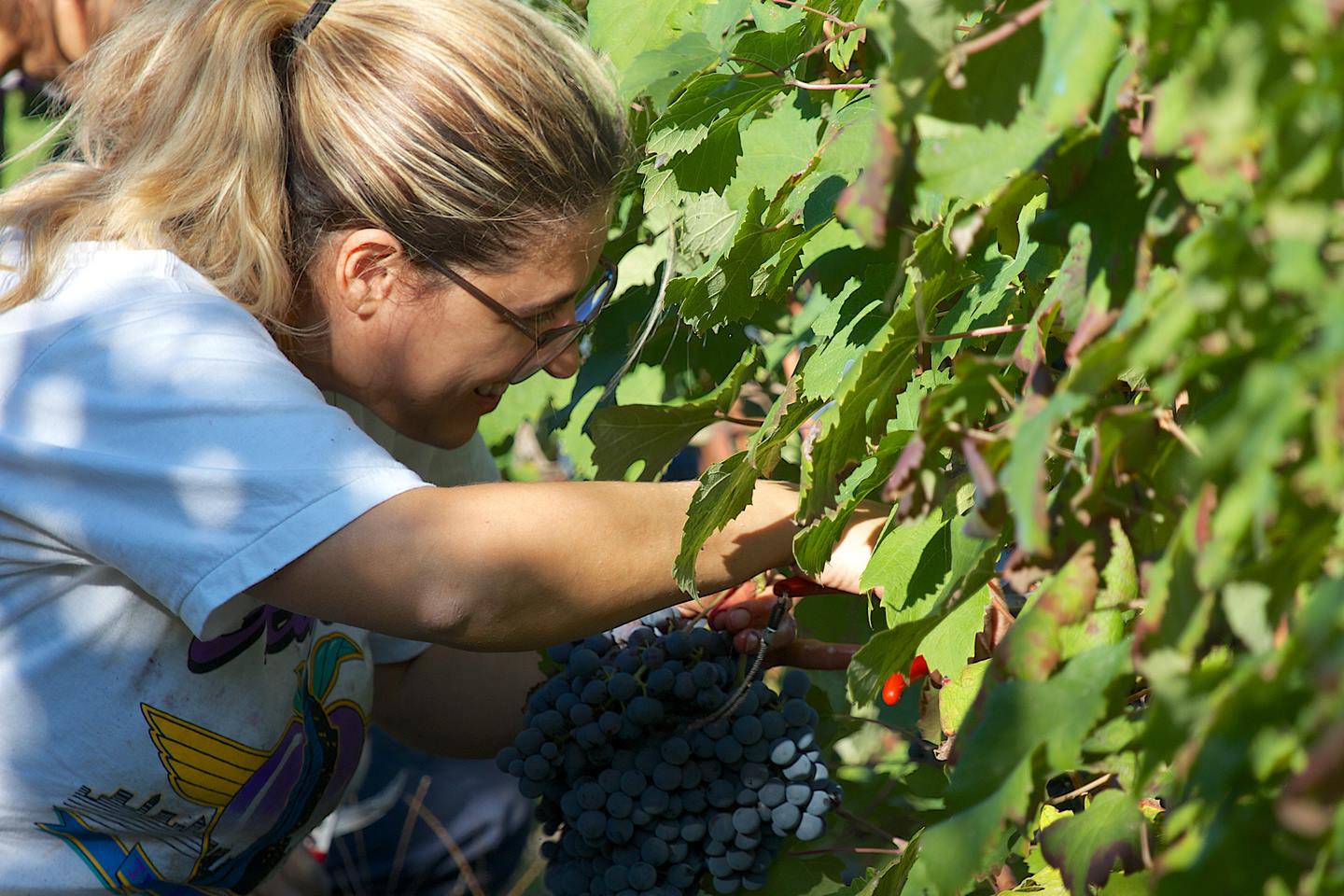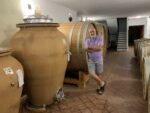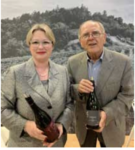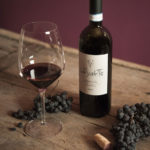Azienda Agricola Curto Marco
A gold nugget nestled in the heart of the Italian Piedmont …
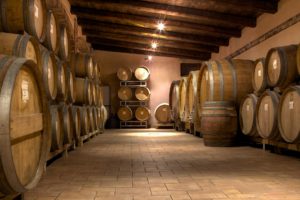 Azienda Agricola Curto Marco is a small family property located in La Morra (Piedmont). The estate has long sold its grapes, or its wine to other local brands and only a small portion was bottled. In 1997, Nadia Curto, daughter of Marco Curto, began to follow the work of her father and bottled his first vintage under the brand name “La Foia – Curto“. In 2002 she decided to return to the property to take over from her father on condition that she could gradually get out of this trading system and stop all sales in order to be able to bottle and market 100% of the family production.
Azienda Agricola Curto Marco is a small family property located in La Morra (Piedmont). The estate has long sold its grapes, or its wine to other local brands and only a small portion was bottled. In 1997, Nadia Curto, daughter of Marco Curto, began to follow the work of her father and bottled his first vintage under the brand name “La Foia – Curto“. In 2002 she decided to return to the property to take over from her father on condition that she could gradually get out of this trading system and stop all sales in order to be able to bottle and market 100% of the family production.
Currently the property covers 4 hectares of vines planted. Some ares are also devoted to the cultivation of fruits, hazelnuts … Each year the estate produces an average of 20,000 bottles divided into 6 labels, of which a large majority of Barolo but also some bottles (from 1,000 to 3,000) of Dolcetto, Barbera, Nebbiolo and Freisa.
“This is an old grape that is very important to me. It is currently little present in the region because where we can plant we can also put Barolo … except that the latter is easier to sell. These vines are important to me because they were planted more than 60 years ago by my grandfather … it is an expression of the past that must remain and be transmitted! ”
Why do you make wine?
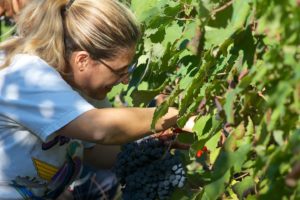 “It’s first and foremost a family affair … I saw in the vine-grower’s job a lot of possibility of personal accomplishment but also of evolution, of improvement compared to what my father did. He worked a lot in the vineyard and little in the cellar because he sold almost all the production to other vineyards. He put only a small part in bottles for the family or for the people who came directly to the cellar.
“It’s first and foremost a family affair … I saw in the vine-grower’s job a lot of possibility of personal accomplishment but also of evolution, of improvement compared to what my father did. He worked a lot in the vineyard and little in the cellar because he sold almost all the production to other vineyards. He put only a small part in bottles for the family or for the people who came directly to the cellar.
At the time it was difficult to access the international market, especially for the ‘vignerons-contadini’ (peasant / farmer) that we are. They have long been considered the last wheel of the coach, not considered and not helped. They worked a lot, but in return they had no recognition / consideration and most of all they were poor …
For me, taking over from my father after helping him throughout my childhood was really an opportunity. Moreover today, thanks to the technical evolutions, to a better understanding of the vine as well as thanks to the technological improvements it is easier to make wine. I am proud to see that we are starting to gain international recognition, that we are sold all over the world … it’s a kind of social revenge!
What is also important to me is respect for tradition. I am happy to be able to make good wines while continuing to practice ancestral methods, traditions. It’s something exciting and wonderful at the same time. That’s why I like doing this job! ”
What is the signature of Curto wines? What makes it possible to recognize them in tasting?
“I think it’s just ‘naturalness’, the racy side. What I mean is that I am looking to make wines with an intense expression of the varietal, the vintage and the terroir. I try to make good wines with indigenous yeasts, without filtration, without clarification and which are not made up by barrels too striking or other things. I want them to be faithful to their origins (terroir), to the climatic conditions of the year.
In general I prefer wines made in a style more “feminine”, on floral and fruity aromas. I’m not looking for big structures … I prefer elegance and finesse than power, strength and concentration. ”
What makes your terroir so specific, what is its strength?
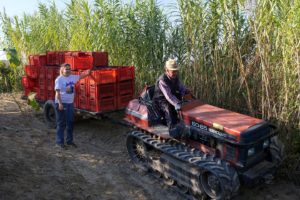 “I’m going to talk about the soil but also Nebbiolo because this grape variety is very changeable from one hill to another, from one exposure to another and from one locality to another. This is why it is not common to see the word ‘Nebbiolo’ on a label because in general it takes the name of the locality in which it is planted as for example: Barolo, Barbaresco, Roero … etc. It takes rather the name of the locality, even in other regions like Gattinara, Ghemme, Boca in the north of Piedmont.
“I’m going to talk about the soil but also Nebbiolo because this grape variety is very changeable from one hill to another, from one exposure to another and from one locality to another. This is why it is not common to see the word ‘Nebbiolo’ on a label because in general it takes the name of the locality in which it is planted as for example: Barolo, Barbaresco, Roero … etc. It takes rather the name of the locality, even in other regions like Gattinara, Ghemme, Boca in the north of Piedmont.
My terroir is composed of marl (limestone, sand and clay) with a very compact structure that leaves it difficult to transmit the water. It tends to stay on the same level but not to go down to the level below. The wines from these terroirs have large structures but also a beautiful elegance as is visible for example on my cuvée Arborina. ”
If you had to describe what wine represents for you in a few words, what would you say?
“I would say that for me wine is synonymous with history, heart and emotion. It is a product of tradition, conviviality but also a product of socialization that helps to bring people together. ”
Can you tell us a little bit about your two Barolo cuvées?
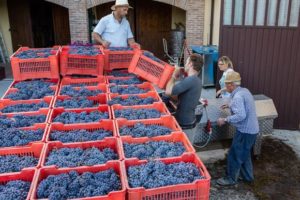 “So we produce two Barolo labels: La Foia and Arborina. They are both from our Arborina Hill vineyard, the first from the East facade and the other from the South facade.
“So we produce two Barolo labels: La Foia and Arborina. They are both from our Arborina Hill vineyard, the first from the East facade and the other from the South facade.
‘La Foia’ is a word in Piedmont patois which means ‘foliage’. It’s a Barolo that is made in a more classic version that I learned from my father … It comes from long fermentation and a passage in an oak cask of 2,000 and 3,000L.
The other vintage (Arborina) is a Barolo made according to the method of ‘Barolo-Boys’ that is to say with shorter fermentations (5 days) and using a machine that keeps the must in constant motion . So we have very intense extractions, a strong extraction of the first aromas and few tannins (they are softer!). After that the wine is made a barrel … The difference in exposure of these two vineyards is very important, it brings two very different identities. For example, the vintage Arborina offers notes of balsamic and fruity and floral aromas (rose, mint, eucalyptus …) while the Foia will be more on dried flowers, straw, leather and liquorice, on a traditional style. ”
Do you have plans for the vineyard?
“I wish to continue to work better and better on the land. Even if we have been working for a long time respecting nature we have recently applied for organic certification. This is an important project for me because I always want to go further in the neutrality of my impact on my terroirs. ”
Thanks to Nadia Curto for her warm hospitality
Jonathan Choukroun Chicheportiche
12064 Annunziata,
La Morra Cuneo,
Italie
+39 0173 50640

